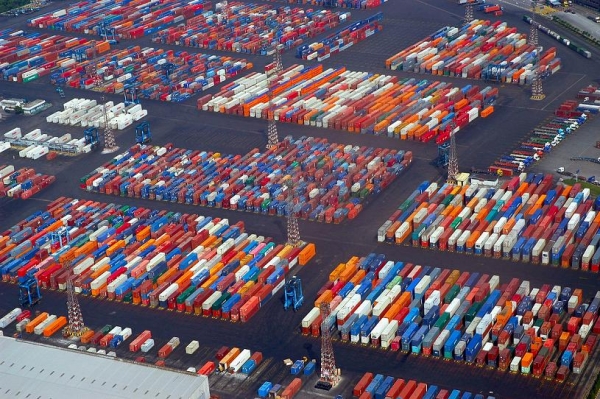PortEconomics member Pierre Cariou, in collaboration with Ali Cheaitou, presented their latest research on Cascading Effect, Network Configuration and Optimal Transshipment Volumes during the annual conference of the International Association of Maritime Economists – IAME 2012, that was held in Taipei, Taiwan.
As a consequence of the emergence of large container ships, which have driven freight rates down and left companies struggling with over-capacity, liner shipping companies have faced an unprecedented drop in demand. One of the impacts of this has been the deployment of newly delivered container ships on the main East-West trades market, while medium-sized vessels have been pushed towards smaller sectors, a phenomenon known as the cascading effect.
This study investigates how this impact might lead liner companies to modify their services and in particular, to include additional stops at major hubs. To this end, we provide a model which factors in potential changes in network configuration, from direct to indirect services. This is followed by an empirical study of Northern Europe/South America services. In the numerical study, a call at Tangier is added to the schedule and the optimal network configuration depends on the vessel sizes and on transshipment volumes to be collected at the hub.
You might read – and freely download- the full study & its presentation @PortEconomics.
The annual conference of the International Association of Marime Economists – IAME 2012, held in Taipei, Taiwan, provided the PortEconomics team the opportunity to present 16 different port or port related studies that progressed over the course of the most resent months – for more: PortEconomics team@IAME2012.












